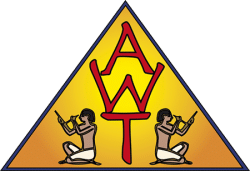
Dr Andrew Bednarski Reports
On behalf of everyone at the Amarna Trust and the Amarna Project, I’d like to thank Ancient World Tours for its generous sponsorship of the July 17th fundraiser and study day. Thanks are also due to Dr. Chris Naunton, for his remarkable skill hosting the event, and to Prof. Barry J. Kemp and our roster of fabulous speakers, for sharing their insight and the results of their work at Amarna. And I’d also like to thank (perhaps more than anyone else) the 315 registrants from around the world who joined us. It was both wonderful and humbling to see so many people, separated by vast distances, come together to learn about our shared passion. Attendees logged on from Egypt, North America, from across Europe, and – braving extreme time zone differences – from Singapore, China, the Philippines, Australia, and New Zealand.
After a warm welcome and introduction by Dr. Naunton, Dr. Anna Stevens (Monash University/Cambridge University) gave a fascinating talk about her work (co-directed with Prof. Gretchen Dabbs) excavating the non-elite cemeteries of Amarna. For generations, archaeologists wondered where the ‘regular’ people of Amarna were buried. Excavations of four of the non-elite cemeteries at Amarna not only answer this question, they offer tantalizing glimpses into how the citizens of Amarna lived, and how they prepared themselves for the afterlife in a time of religious turbulence. Learn more about this work
Miriam Bertram, MA, gave an equally fascinating lecture on work at the Great Aten Temple, the religious heart of the ancient site. Through painstaking examinations, and no small measure of careful thought, Ms. Bertram and her teammates are expanding our understanding of the temple’s structure and function, and are even able to put forward reconstructions of wooden surface constructions. Learn more on excavations at the Great Aten Temple
Prof. Gretchen Dabbs’ (Southern Illinois University) talk surveyed a number of sources to discuss Amarna’s human remains in the context of deadly viruses – a timely topic to explore. While ruling out the likelihood of death by epidemic from the existing evidence, Prof. Dabbs also shed light on broader issues of public health in a vibrant, ancient city.
The last speaker of the day’s first section was Dr. Anna Hodgkinson (Freie Universität Berlin), who delighted the audience with images and anecdotes of the experimental archaeology she has undertaken to understand better how glass beads were likely produced at Amarna. Learn more
The second session of the day was a brilliant talk by Prof. Kemp, highlighting some of Amarna’s physical evidence, and what one can make of it when attempting to reconstruct mentally the ancient city. Mud brick remains and portions of paint become lavishly decorated rooms. And the smallest pigments become a deliberate, repeating color palette and aesthetic preferences. He also addressed the question, was gold really as common as dust in Akhenaten’s city (as writers of some of the Amarna Letters claimed)?
The day’s speakers and organizers very much enjoyed sharing the fruits of past and recent labors. We were also thrilled to learn that, as a result of AWT’s generous support, the enthusiasm of the event’s attendees, and an incredible matching gift from one of the Amarna Trust’s donors, the day raised £7,000. Every penny of this money will be put towards furthering our understanding of Amarna. Thank you again to everyone who participated. I can’t wait until the next time we all meet again, online, to see where another season of exploration has led us. Link here for more information on how you can help the work at Amarna.
Andrew Bednarski Ph.D. Trustee, Amarna Trust

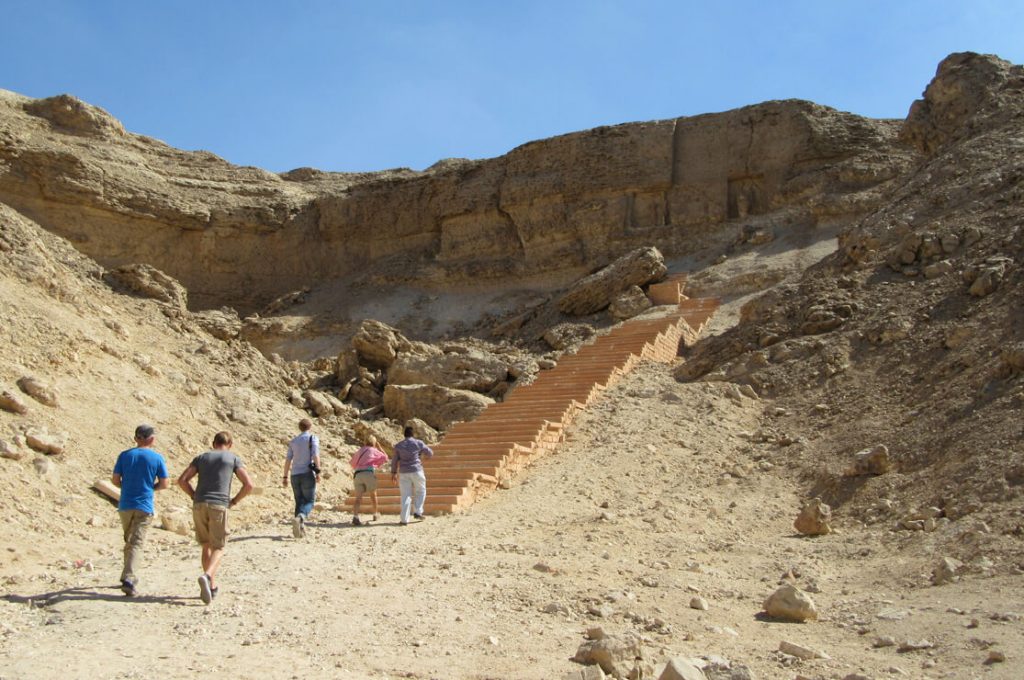
Stela U, Amarna 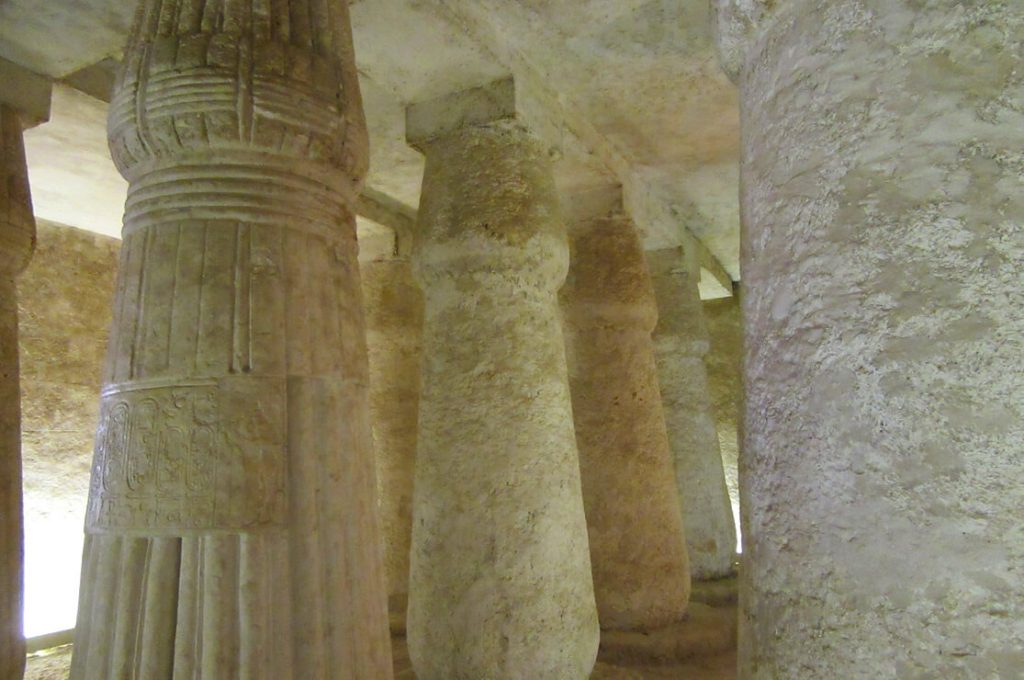
Tomb of Ay, Amarna 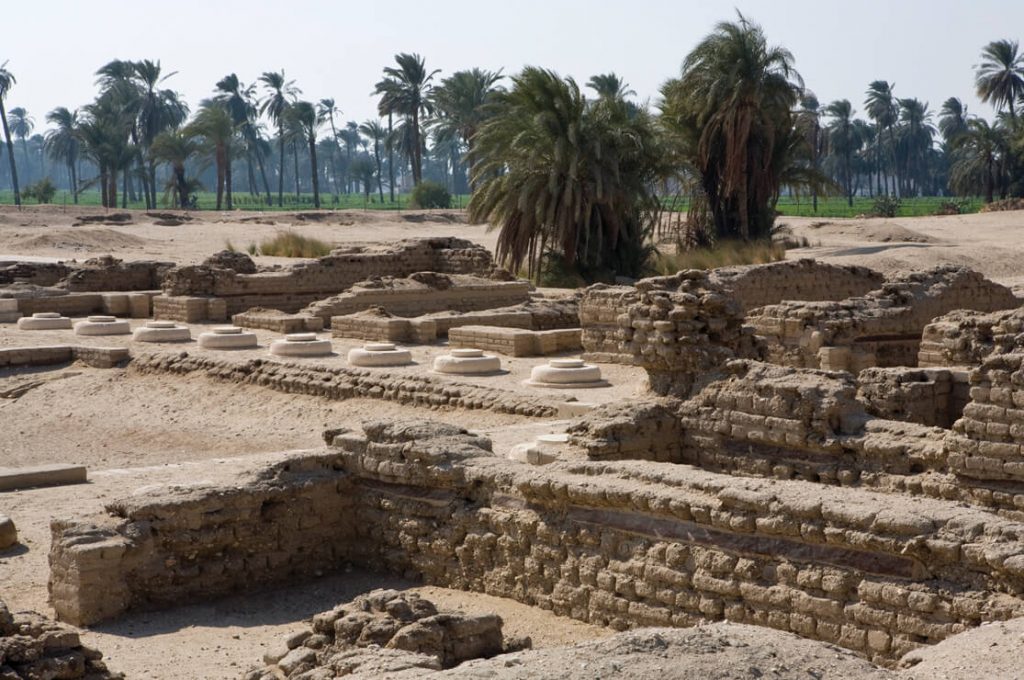
Amarna 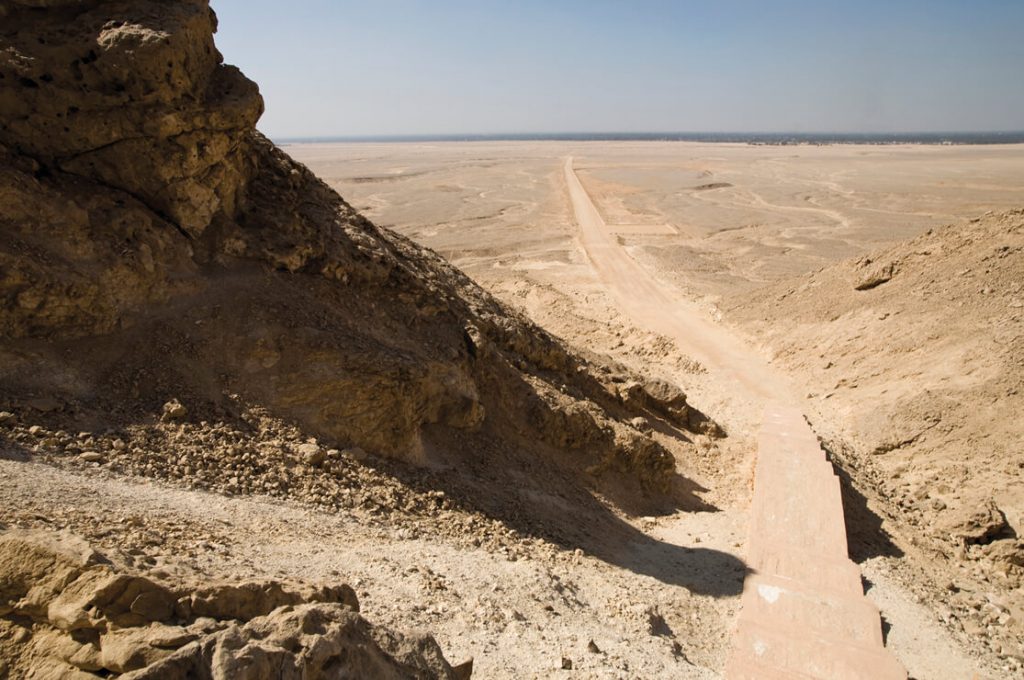
Amarna
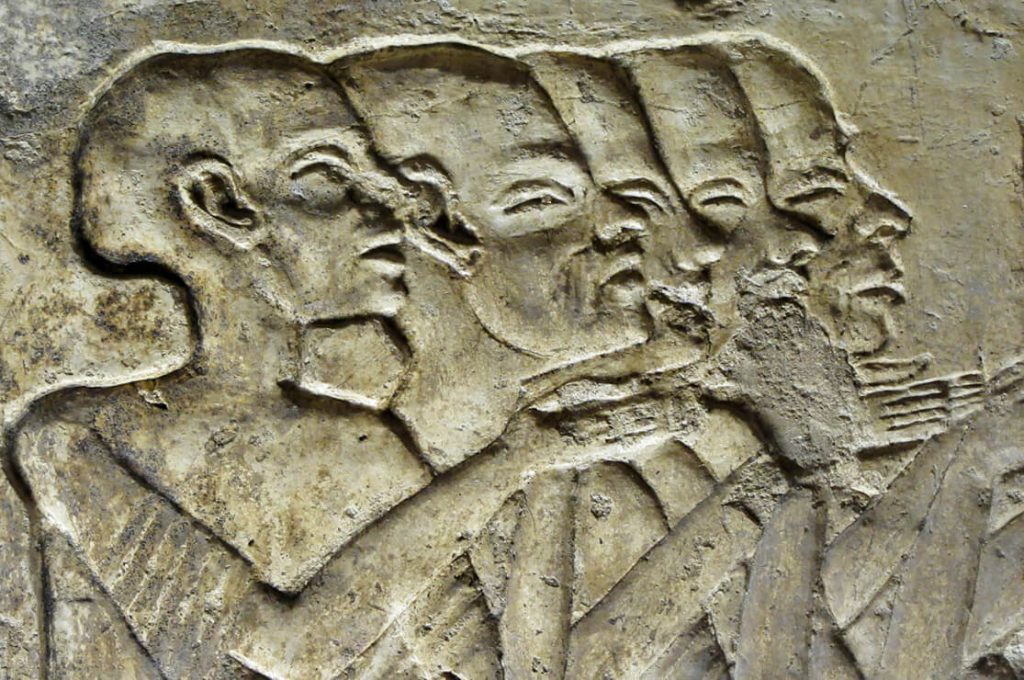
Tomb of Mery Re, Amarna 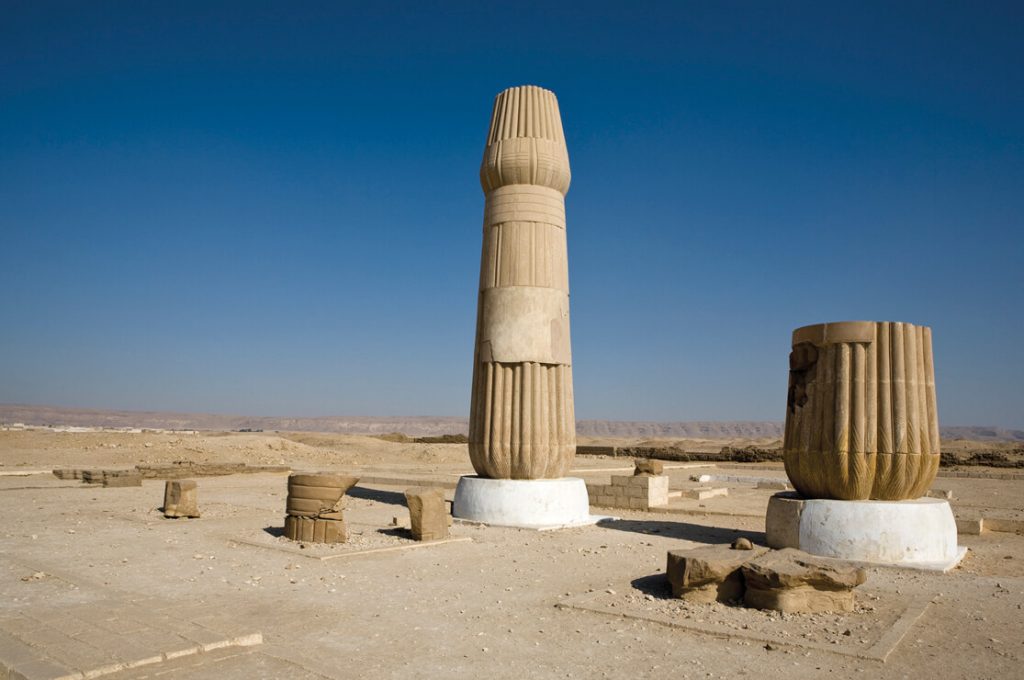
Amarna 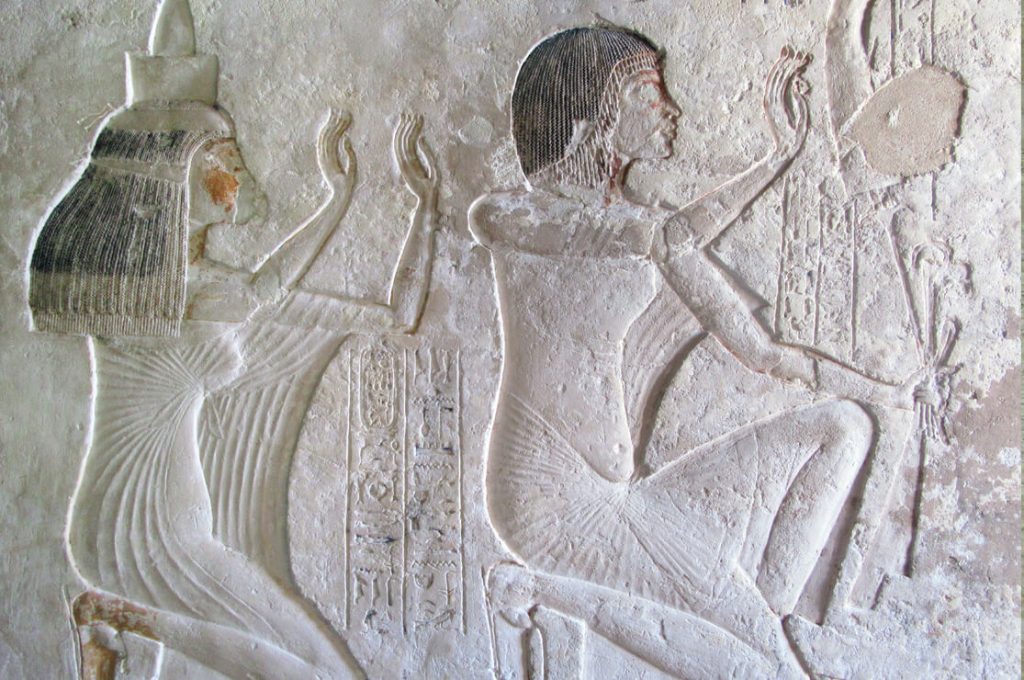
Tomb of Ay, Amarna
